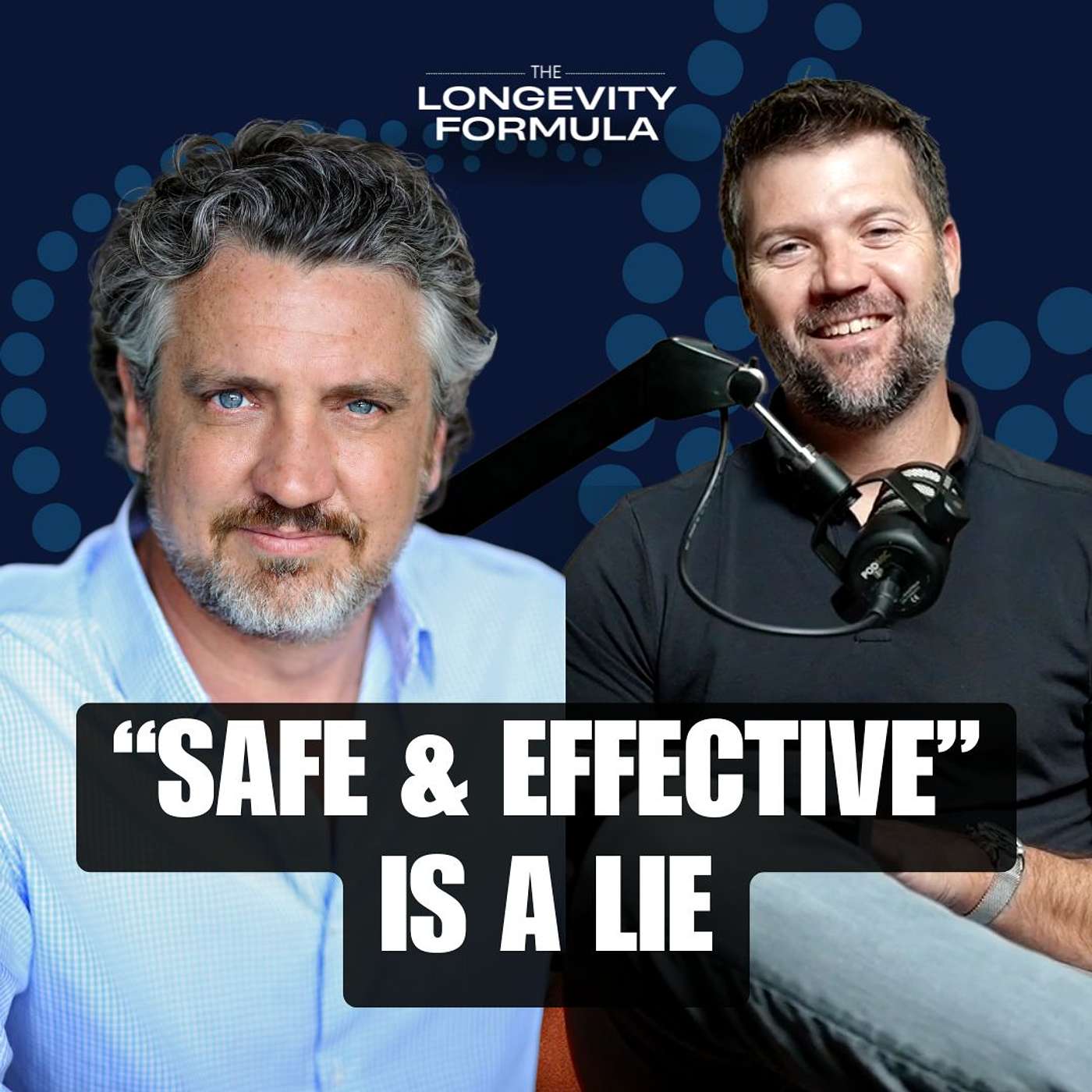Can Autism Be Treated? A Doctor’s Perspective on Healing & Progress
Description
In this episode, Dr. Crawford addresses critical questions regarding nonverbal autism and autism spectrum disorders to help parents understand the underlying causes and ways to encourage positive change. Featuring a detailed patient story, Dr. Crawford outlines a multifactorial and multimodal approach to treatment, the significance of neurodevelopmental evaluation, and the challenges and successes of assisting children in communication.
He explores the history of autism, discusses contributing factors such as light exposure, stress, and chemical influences, and introduces innovative therapies, including photobiomodulation and regenerative medicine. Tune in for a comprehensive guide to understanding and addressing autism spectrum disorders.
Resources Mentioned
- Transcranial Photobiomodulation (tPBM) in Autism Treatment
Study: A double-blind, randomized, sham-controlled study evaluated the effects of transcranial photobiomodulation in children aged 2–6 years with Autism Spectrum Disorder (ASD). The findings indicated that tPBM therapy reduced ASD symptoms, suggesting its potential as a non-invasive treatment option.
Citation: pmc.ncbi.nlm.nih.gov - Circadian Rhythm Disruptions in Autism
Study: Research has shown that sleep problems are prevalent in individuals with ASD, with circadian rhythm misalignment being a significant contributing factor. A study focusing on autistic children and adolescents found that misalignment of the biological clock can lead to sleep disturbances, which are common in this population.
Citation: pubmed.ncbi.nlm.nih.gov - Photobiomodulation as a Potential Treatment for Autism
Review: A comprehensive review explored the application of photobiomodulation (PBM) as a non-pharmacological and non-invasive treatment for autism. The review highlighted that PBM could improve key characteristics of autism, including neuronal connectivity, inflammation patterns, and microbiome composition.
Citation: pmc.ncbi.nlm.nih.gov - Impact of Light Exposure on Circadian Rhythms and Autism-like Behaviors
Study: A study investigated the long-term neurodevelopmental consequences of circadian disruption caused by rhythm-disruptive light exposure. The findings suggested that early-life circadian desynchrony could lead to enduring autism-like behaviors, emphasizing the importance of maintaining regular light-dark cycles during critical developmental periods.
Citation: nature.com - Systematic Review of Sleep Disturbances and Circadian Rhythms in Autism
Review: A systematic review examined sleep disturbances and circadian rhythm alterations in children with ASD. The review found that children with ASD often experience irregular
Products
NeuroSolution Full Spectrum CBD
NeuroSolution Broad Spectrum CBD
Learn More
For more information, resources, and podcast episodes, visit https://tinyurl.com/3ppwdfpm
























